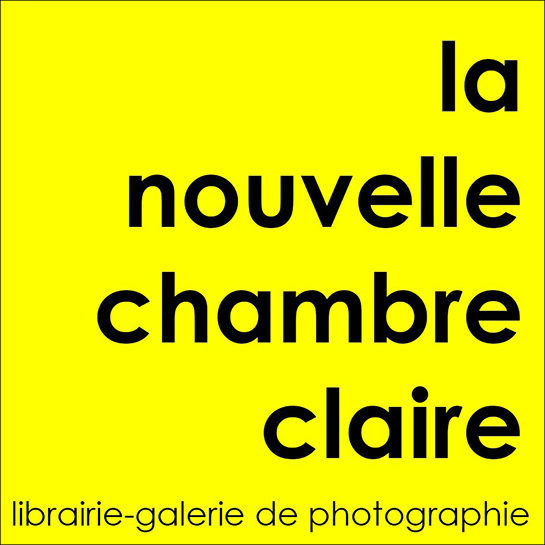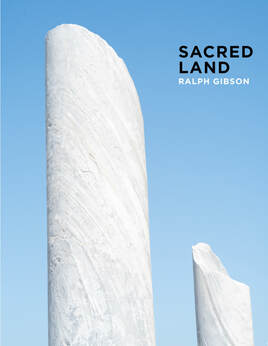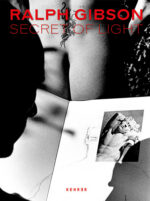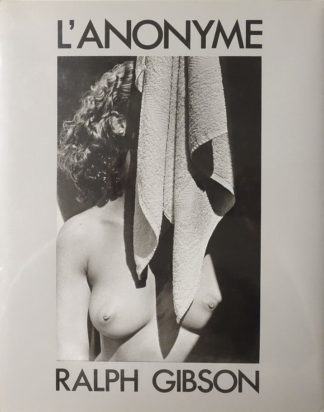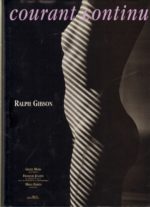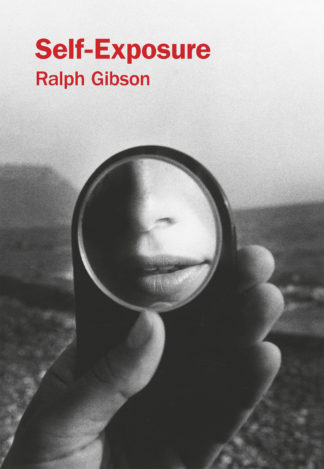La représentation diptyque d’Israël par Ralph Gibson, une terre à la fois profondément moderne et incroyablement ancienne
Le photographe américain Ralph Gibson a voyagé à travers Israël et la région environnante pour créer un portrait d’une terre où le passé fait partie du présent. Il les met en contraste dans des doubles pages dans lesquelles les images couleur et noir et blanc se font face: langage ancien dans un dialogue visuel avec l’expérience humaine contemporaine.
Comme l’écrit l’architecte Moshe Safdie dans son texte d’accompagnement: «C’est la promesse et le paradoxe d’Israël, un nouveau pays dans une terre ancienne, la modernité à côté de la régression, avec une énergie et une production culturelle abondantes et créatives. Le monde de l’invention high-tech à côté des études de la Torah. C’est encore un pays jeune, même pas encore passé son centenaire. Avec un œil optimiste, on voit la promesse qui reste à être. » Pour ce projet, Gibson a visité de nombreux sites bien connus de la Terre Sainte, y compris l’ancienne ville de Petra en Jordanie ainsi que Massada et la mer de Galilée qui se jette dans le Jourdain. Sacred Land est une somptueuse étude sur l’esthétique du temps ; introduction de Martin Cohen, préface de Ralph Gibson, postface de Moshe Safdi et Rabbi David Ellenson, photos en n.b. et en couleurs.
Ralph Gibson est né à Los Angeles en 1939. En 1956, il s’est enrôlé dans la marine, où il a commencé à étudier la photographie. Depuis qu’il a publié son premier livre photo The Somnambulist en 1970, son travail a fait l’objet de plus de 40 monographies. Son travail est largement exposé et conservé dans des collections publiques du monde entier, telles que le Stedelijk Museum d’Amsterdam et le Museum of Modern Art de New York. Il vit et travaille à New York.
Ralph Gibson’s diptych portrayal of Israel, a land at once deeply modern and incredibly ancient
The American photographer Ralph Gibson traveled throughout Israel and the surrounding region to create a portrait of a land where the past is vividly part of the present. He contrasts these in two-page spreads in which color and black-and-white images face one another: ancient language in a visual dialogue with contemporary human experience.
As architect Moshe Safdie writes in his accompanying text: “This is the promise and paradox of Israel, a new country in an ancient land, modernity next to regression, with abundant and creative energy and cultural output. The high-tech world of invention next to Torah studies. It is still a young country, not even yet past its Centennial. With an optimistic eye, one sees the promise yet to be.” For this project, Gibson visited many of the well-known sites of the Holy Land, including the ancient city of Petra in Jordan as well as Masada and the Sea of Galilee flowing into the River Jordan. Sacred Land is a sumptuous study in the aesthetics of time.
Ralph Gibson was born in Los Angeles in 1939. In 1956 he enlisted in the navy, where he began studying photography. Since he published his first photobook The Somnambulist in 1970, his work has been the subject of over 40 monographs. His work is widely exhibited and held in public collections around the world, such as the Stedelijk Museum, Amsterdam, and the Museum of Modern Art, New York. He lives and works in New York ; foreword by Martin Cohen. Preface by Ralph Gibson. Afterword by Moshe Safdi, Rabbi David Ellenson.
